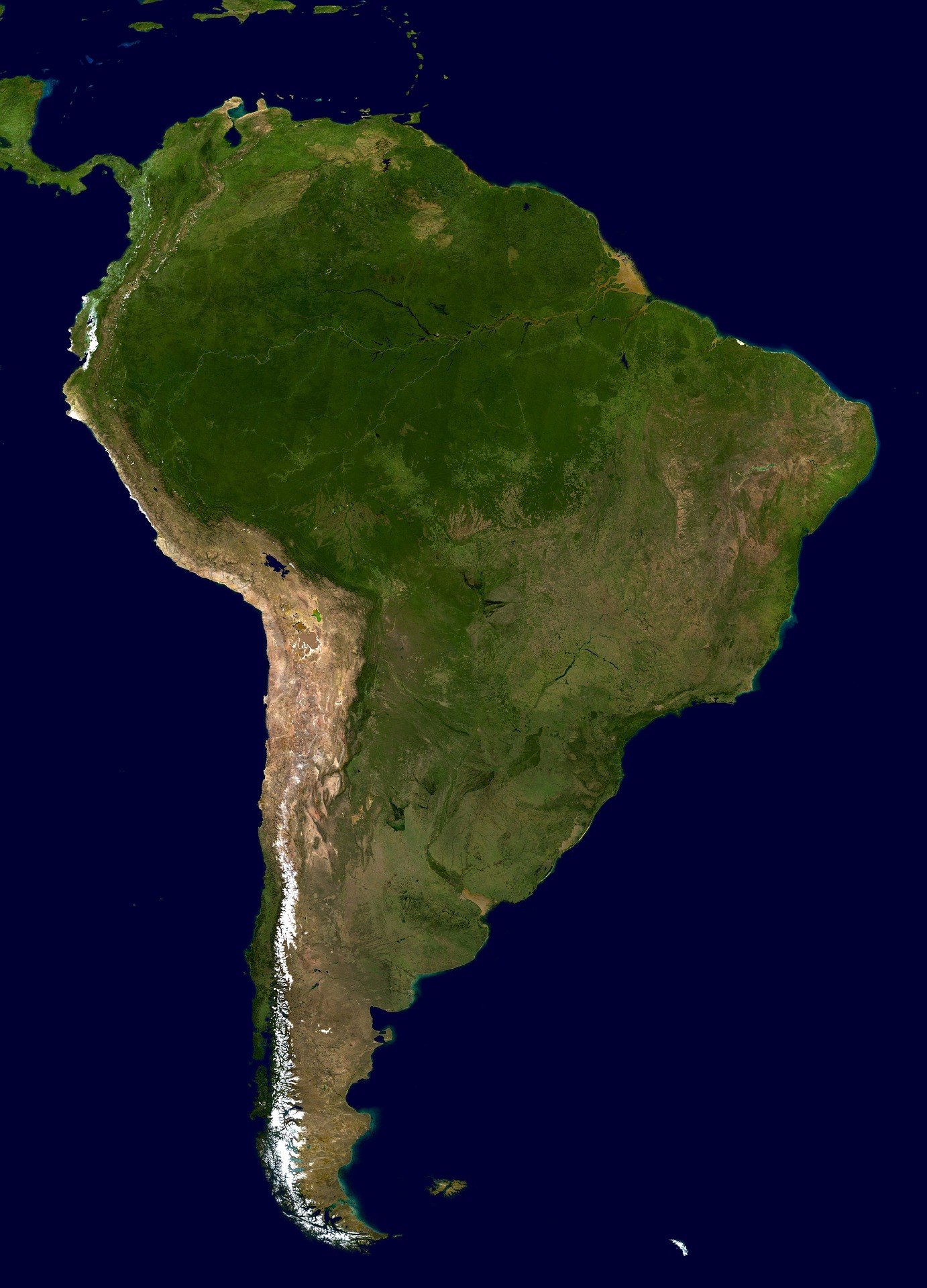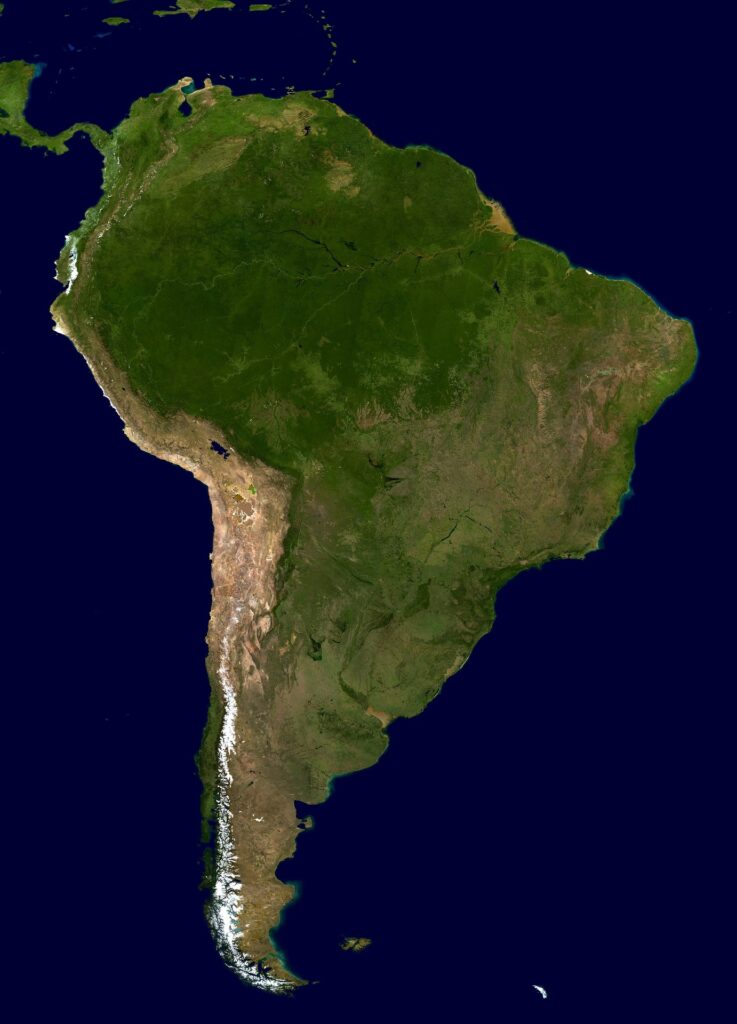
Backpacking Southeast Asia or Central America: Which Will Ultimately Be the Better Adventure? That kind of trip is a rite of passage, and a way to dive headfirst into new cultures, terrain, and adventures. For example, Southeast Asia and Central America are two of the most-loved backpacking regions with completely different charms and difficulties. But which one do you choose over the other? In this travel guide, we’ll compare the two regions on all the key factors (budget, culture, food, safety, and more) to help you find out which destination is for you.
1. Cost of Backpacking: Southeast Asia vs. Central America
Southeast Asia has long been famed as a backpacker’s paradise. Countries — such as Thailand, Vietnam and Cambodia — have low-cost hotels, meals and transport. In fact, in most of the countries here you can easily get by on $25–$40 a day. Street food is cheap and tasty, and long-distance buses or trains are inexpensive.
Central America is still fairly inexpensive but a little more so. There are very cheap destinations in the world such as Nicaragua and Guatemala, for example that cost between $30–$50 a day. Countries like Costa Rica and Belize are more expensive, however, due to their popularity among tourists. Transport costs (especially between countries) also rot in Central America than in Southeast Asia.
2. Culture and History
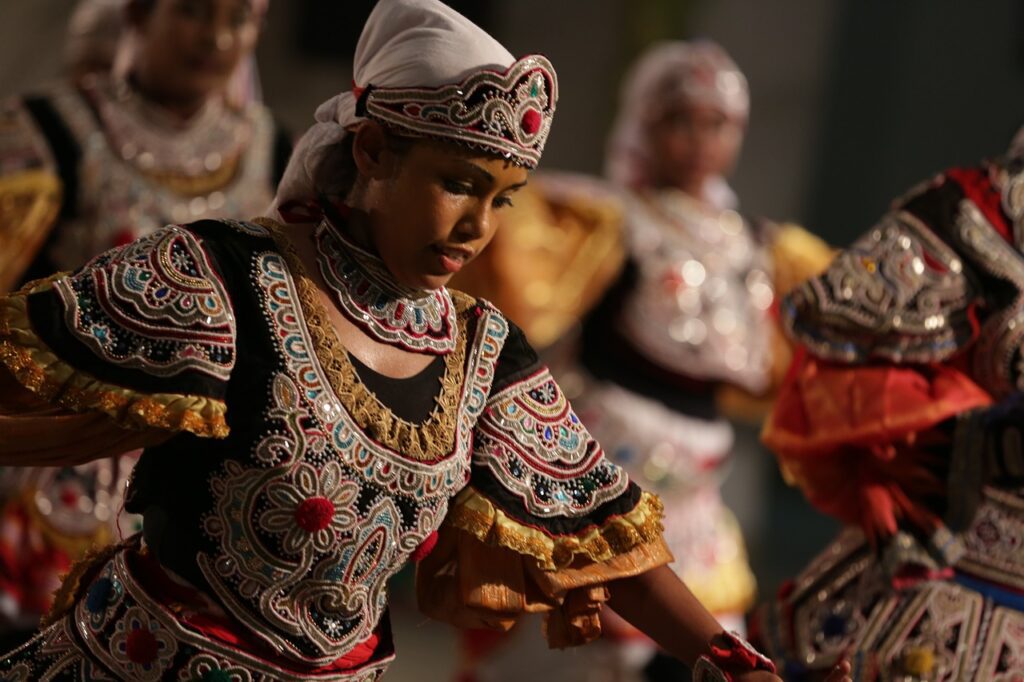
SEA is one of the most culturally diverse regions in the world: this is partly why I am so drawn to it. Other ancient temples such as Angkor Wat in Cambodia and Bagan in Myanmar showcase centuries-old civilizational past. Buddhist traditions touch everyday life and festivals such as Songkran (Thai New Year) offer extraordinary cultural immersion opportunities.
As opposed to Central America, which is a blend of indigenous and colonial cultures. The ruined Mayan cities of Tikal in Guatemala and Copán in Honduras will take you back to ancient times, and Spanish colonial towns such as Antigua bring colorful architecture and traditions alive. When it comes to cultural diversity, both areas are diverse, but the styles and customs vary widely.
3. Natural Beauty
In terms of natural beauty, both areas are stunning in their own right.
Southeast Asia: Tropical beaches such as those in Thailand’s Krabi or the Philippines’ Palawan, verdant jungles in Malaysia and Laos and peaceful rice terraces in Vietnam and Indonesia.
Central America: A land of hatchet-faced coastlines, unspoiled, sandy shores — think Honduras’s Roatán or Belize’s Caye Caulker — and striated volcanoes, especially in Guatemala and Nicaragua.
For snorkelers and divers, Southeast Asia’s coral reefs — in destinations like the Similan Islands — can compete with some Caribbean sites notably in Central America, such as Belize’s Great Blue Hole 4. Food and Drink

Southeast Asia is a food-lover’s Eden. Meals such as pad Thai, pho and nasi goreng are both delicious and ridiculously cheap. Endless culinary delights can be had at night markets, and tropical fruits like mangoes and durians are in abundance.
Central America’s cuisine centers around staples like beans, rice and tortillas, but you’ll find regional specialties, too, like El Salvador’s pupusas and Honduras’ baleadas. The flavors, on the other hand, are hearty and comforting, food diversity may not be quite up to Southeast Asia’s people, which in return could be great value for people who want to explore vegetarian fare. Although it drives coffee lovers towards low-quality brews of equivalent in Costa Rica and Guatemala.
5. Language Barrier

English is commonly spoken in tourist areas in Southeast Asia, including in places like Thailand, Malaysia, and the Philippines. All that said, if you venture beyond urban centers, you may face some language challenges, especially in Vietnam or Myanmar. Conversely, Central America is predominantly Spanish-speaking. Although English is commonly spoken in tourist areas, learning a few simple Spanish terms will greatly improve your trip!
6. Adventure Activities
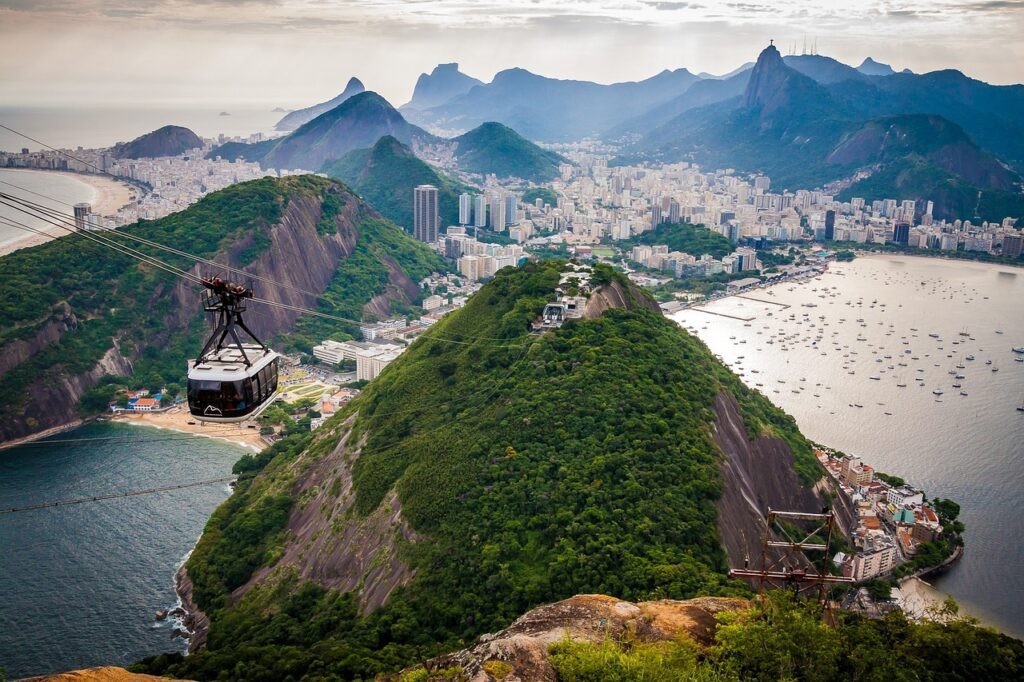
Both are dueling grounds for adrenaline junkies
Southeast Asia: Go trekking in Northern Thailand, scuba diving in the Philippines or motorbiking the Hai Van Pass in Vietnam.
Central America: Go volcano boarding in Nicaragua, explore caves in Belize or catch Pacific waves in El Salvador.
Your choice may depend on what activities you’re interested in, since both regions offer a little something for adrenaline junkies.
7. Safety Concerns
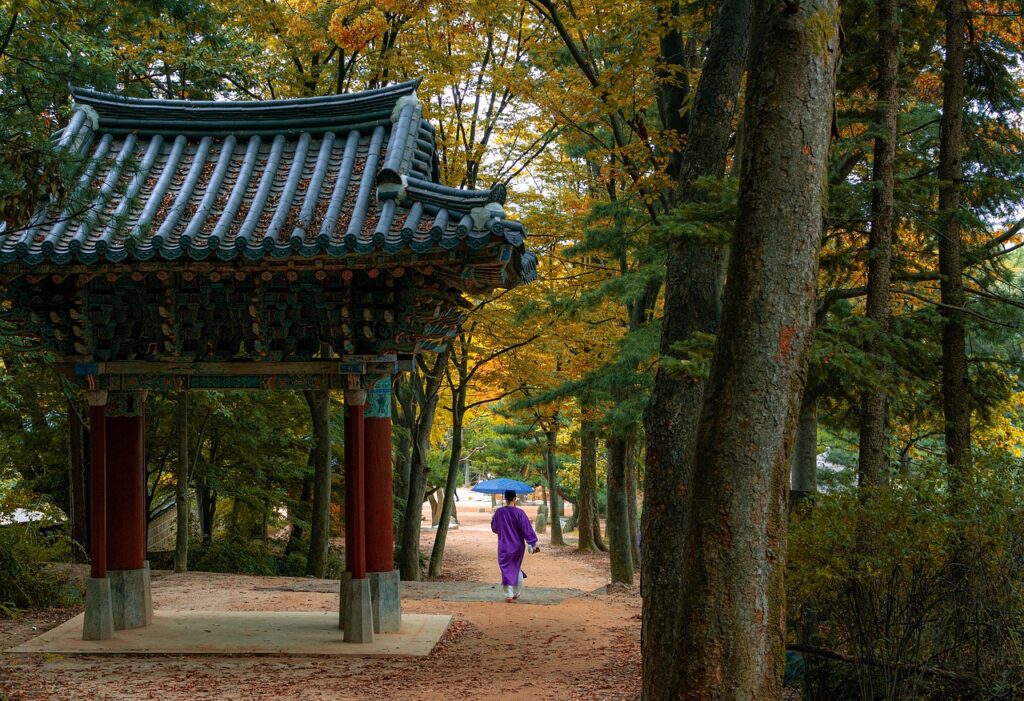
Backpackers’ number one priority is always safety. Overall, Southeast Asia is very safe, with low levels of violent crime. That said, small theft does happen in busier locations.
Central America, however, has areas with a higher degree of criminality. Guatemala and Honduras are also a lot of caution in some areas. But tourist areas tend to be safe, particularly if you stay informed and take precautions.
8. Transportation
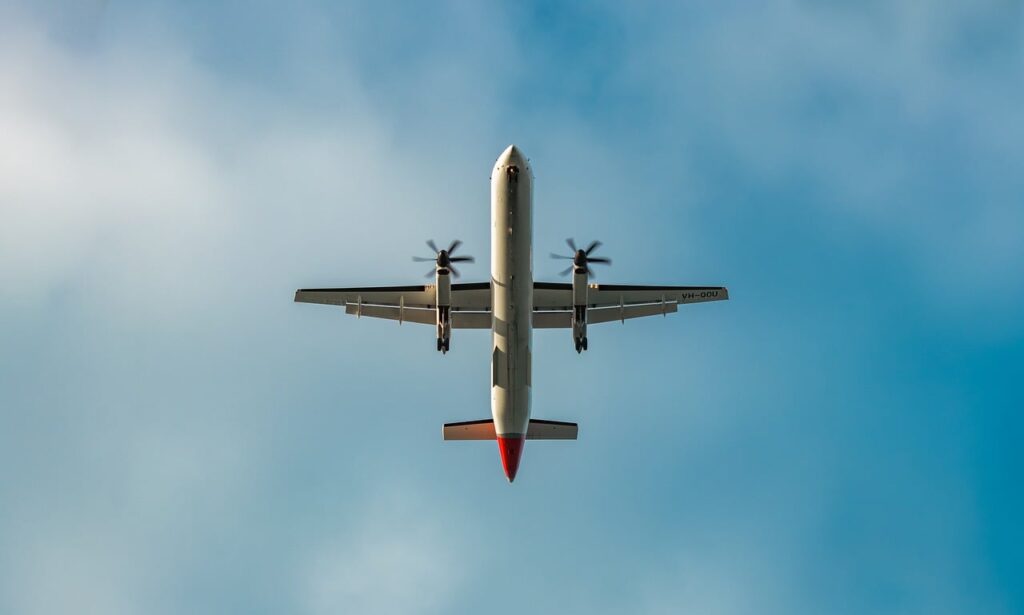
Transportation in Southeast Asia is easy, with long-distance buses, trains and low-cost airlines covering the continent. Backpacker-friendly routes also make traveling between countries fairly straightforward. Getting around involves long-haul buses in Central America. But while taking a chicken bus in Guatemala is an adventure, they can be less convenient than the infrastructure found in Southeast Asia.
9. Climate and Best Travel Times
Both regions have tropical climates, but each has its peculiarities:
Southeast Asia The best season is November to April. The wet season can bring torrential monsoons, but also thinner crowds.
Central America: The dry well season months (December to April) are then paid, but in some areas, the rainy season will ruin plans.
10. Social Scene and Backpacker Community
Southeast Asia already has a vibrant backpacker trail, with areas like Khao San Road in Bangkok and Vang Vieng in Laos. The community there is lively, so it’s easy to meet other travelers. There’s also a robust backpacker circuit in Central America, with party towns such as San Juan del Sur in Nicaragua and Antigua in Guatemala. The vibe here is more rustic than Southeast Asia’s but still hospitable.
11. Wildlife and Nature Encounters
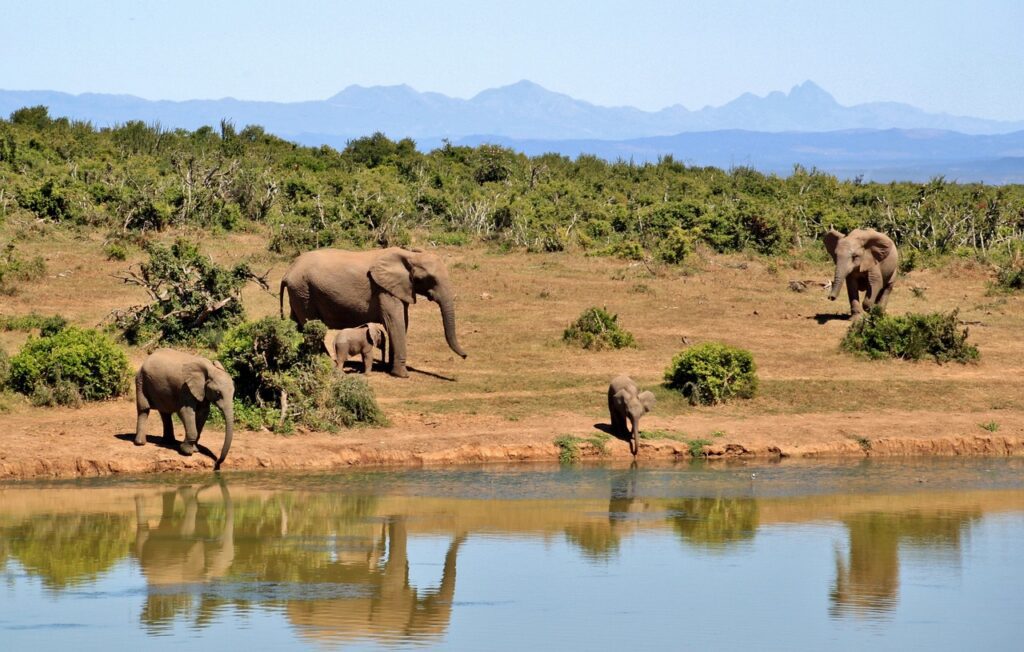
Both regions are rich in unique ecosystems and wildlife sightings for outdoor lovers.
Southeast Asia: Tigers, orangutans and Asian elephants live in the jungles and rainforests of Southeast Asia. Individuals for activity spotting are national parks, such as Khao Sok, in Thailand, and Gunung Leuser, in Indonesia. Marine life is also plentiful, offering chances to see whale sharks, or swim with tropical fish among colorful coral reefs.
Central America: Central America has more diverse fauna for its size than anywhere else. With resplendent quetzals in Costa Rica’s cloud forests and jaguars in Belize’s Cockscomb Basin, this region has plenty of thrilling wildlife experiences. But the world’s second-largest reef system, the Mesoamerican Barrier Reef, is also a treasure trove for snorkeling and diving.
12. Accessibility for First-Time Backpackers
Southeast Asia is considered to be one of the best regions for first-time backpackers. With established routes, plentiful hostels, and good information, the region is easy to navigate. The welcoming natives and prevalent English only make exploring with confidence that much easier. Perhaps slightly more challenging for beginners is Central America, which can still be incredibly rewarding. Barriers of language, quality of infrastructure and safety issues in certain areas make travel here more difficult. But with a bit of planning and an adventurous attitude, it’s just as achievable.
13. Festivals and Celebrations
Both offer vibrant cultural festivities that are an incredible opportunity to experience local customs and traditions.
There are many regional festivals such as Songkran, Tet, or Nyepi in Southeast Asia.
Central America: Festivals such as Semana Santa (Holy Week) in Guatemala, celebrations for Independence Day and the vibrant Day of the Dead (though found in Mexico more than elsewhere) highlight the region’s strong cultural roots and festive spirit.
Plan your travels around these festivals, and you will witness a glimpse into the hearts of the locals.
14. Internet Connectivity and Digital Nomad Scene
For travelers who require internet access or work remotely, both regions are good and bad:
Southeast Asia: Cities such as Chiang Mai in Thailand and Bali in Indonesia attract many digital nomads owing to their good co-working spaces, fast internet and large expat communities.
Central America: Cities such as San José in Costa Rica and Antigua in Guatemala are popular with remote workers, but internet speeds and infrastructure in rural areas may not be as stable as in Southeast Asia.
15. Environmental and Ethical Considerations
Sustainable travel has been made a top priority as every region in the world faces its own environmental challenges, and works toward eco-tourism.
Southeast Asia: Though there are plenty of eco-tour offerings in this region, you have to do your research to avoid over-tourism and unethical wildlife “attractions” (like elephant riding) to make your travel as responsible as possible.
Central America: Tons of eco-lodges, conservation programs, and a focus on sustainable tourism keep Central America at the head of the eco-consciousness class. But deforestation and destruction of natural habitat are still issues.
Travelers to both areas should patronize local businesses and environmentally sustainable efforts to reduce their impact.
16. Visa Requirements and Travel Logistics
As a general rule, visa polices are generous and flexible with long-period travelers in Southeast Asia, depending on your nationality. Thailand, Indonesia and Malaysia offer free or inexpensive visas-on-arrival for many nationalities, so extended stays are easy to arrange.
In Central America, the CA-4 Visa, and other regional agreements permit free movement for 90 days between Guatemala, El Salvador, Honduras and Nicaragua. But visa policies vary from country to country, so it’s important to do some digging before you hit the road.
17. Packing Essentials for Each RegionPacking well is an important part of having fun on your trip. Here’s a brief rundown of destination-specific essentials:
Southeast Asia: Feather-light clothing, mosquito repellant, sunscreen and water-resistant gear. One that filters water, an instant money-saver in a world of plastic water bottles.
Central America: In addition to similar basics, strong hiking boots are a must for navigating volcanic terrain. A rain jacket helps in the wet season, and bring a simple Spanish phrasebook so you can communicate better.
18. Hidden Gems in Each Region
Though popular destinations are thronging, both regions have off-the-beaten-path offerings:
Southeast Asia: Head to the lesser-visited 4000 Islands in Laos, the serene town of Pai in Thailand, or the secluded beaches of Koh Rong Sanloem in Cambodia.
Central America: Visit the picturesque fishing village of Pearl Lagoon in Nicaragua, the pristine nature of Rio Dulce in Guatemala or the secluded beaches of El Cuco in El Salvador.
These countryside fusions offer a much more personal and peaceful holiday adventure than the stereotypical tourist magnet destinations offer.
Thoughts
Southeast Asia and Central America are two areas that provide unique experiences which can be tailored to suit a variety of interests and budgets. Whether you’re lured by the eye-popping temples and cuisines of Southeast Asia or the verdant rainforests and ancient ruins of Central America, your trip will be memorable. All regions have their own appeal, so it comes down to priorities and preferences.” Whatever you decide, go all in and allow the magic of these amazing places to inspire you!
